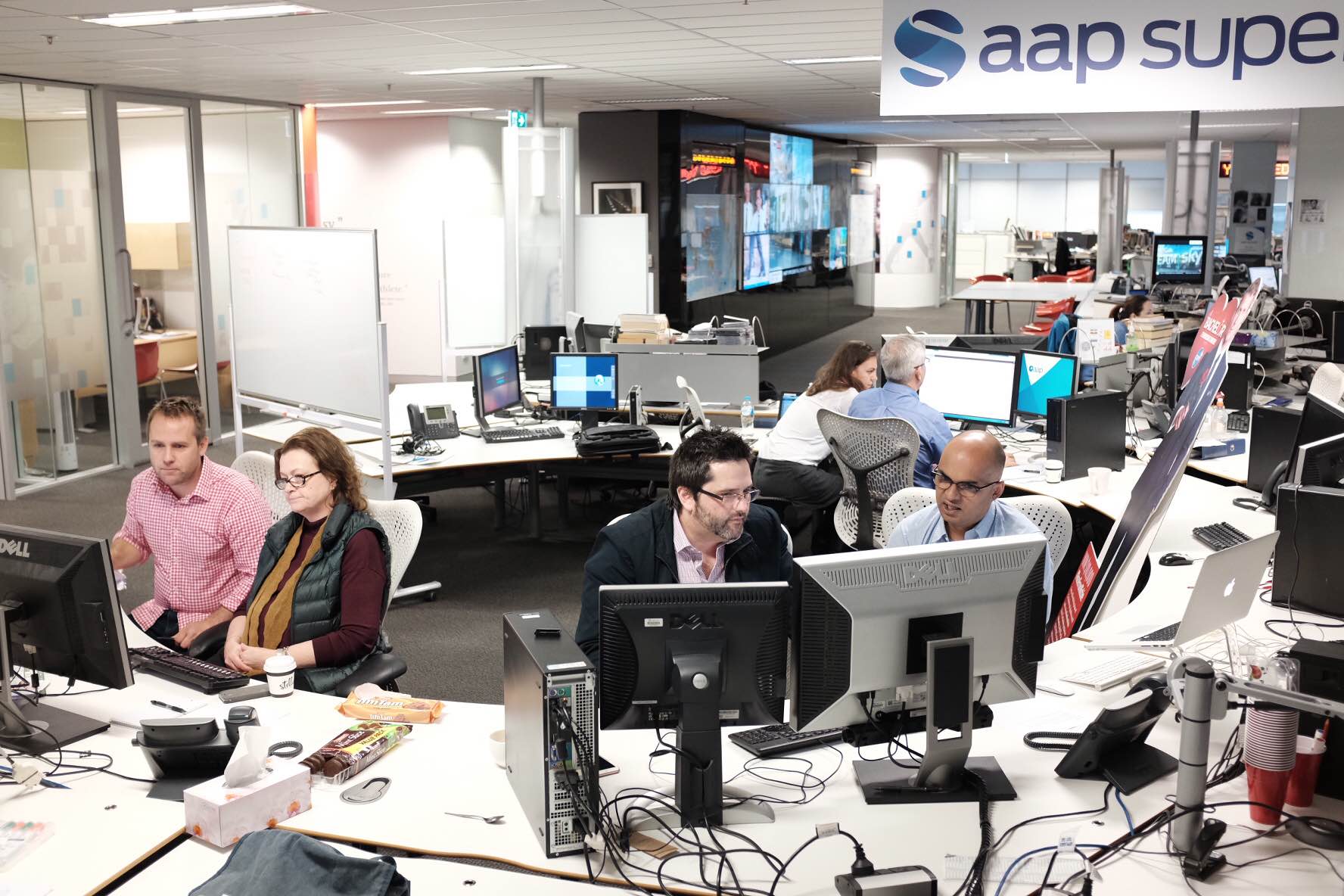Why your newsroom needs open-source software

Open-source software is a mainstream technical solution for companies worldwide. In 2015, one survey found that 78% of firms used or contributed to open-source software projects, while even original detractors have warmed to the benefits of open-source solutions.
Journalism has been particularly fond of the open-source revolution. Today, news organisations of all sizes are shelving proprietary tools in favor of free-to-use options for publishing, reporting, and content-creation needs. Here are five reasons why your newsroom should be next:
1. Write your own destiny
Open-source software gives news organisations the ability to maintain total control over their digital presence. While black-box software demands conformity, open-source solutions help your team "code its own destiny." Moreover, unlike pricey one-size-fits-all options, open-source tools are cost-efficient and can be transformed indefinitely, giving your organisation the freedom to solve chronic technological problems that can stifle performance. Open-source software is also inherently future-proof, as it allows constant adaptation and improvement to match the pace of technological change.
2. Boost collaboration
News organisations are already partnering on editorial projects, and open-source software can facilitate these collaborations. For instance, in 2019, ProPublica, a US-based investigative news site, launched Collaborate, an open-source tool that allows journalists from across the globe to review, verify, and report on data. Major news organisations like The New York Times and the Financial Times have also made open-source tools available for other newsrooms. Source, operated by OpenNews, provides journalists, designers, developers, and editors a cache of open-source resources on topics such as content verification, storage, publishing, data visualisation, and data analysis.
3. Increase your efficiency
By design, open-source software introduces users to a network of development resources, whereby everyone can benefit from individual improvements. This means that when one user develops a solution that speeds up workflows, every other user of that software can take advantage, building it into their own operations.
Open-source tools are beneficial in other ways, too. For instance, when Belgium's leading news agency, Belga, transitioned to Superdesk, Sourcefabric’s open-source headless CMS for news organisations, the agency's IT team was able to simultaneously build Belga.press – a revenue-generating newsfeed application that will house the content created by Belga and its industry partners. According to Tom Wuytack, Belga's CIO, his team had the freedom to invest time and dedicate resources to Belga.press even during the integration of Superdesk because the open-source nature of the CMS made installation a smoother process.
4. Benefit from cost-effectiveness
Free to access and download, open-source software alleviates the burden of licensing fees, which tend to run up costs by thousands or even millions of dollars annually. Open-source software provides unparalleled opportunities for innovation and customisation with the added benefit of cost sharing.
One cost-sharing example is our Superdesk Wire Club, which was co-founded by the Australian Associated Press (AAP), the Norwegian national news agency (NTB), and Belga to co-develop Superdesk. For these news organisations, open-source solutions make more financial sense than purchasing proprietary technology or building new technology in-house.
5. Protect freedom of ideas and information
Much like the tenets that underwrite good journalism, open-source innovators are true protectors of free speech. The internet was imagined as an environment where the free flow of ideas and communication would be unencumbered by a centralised authority that could dictate how and when information is shared. Investing in open-source software, therefore, is an investment in safeguarding the free flow of information and the ideals that keep the Internet accessible to all.
Do more with less
News organisations everywhere are facing existential obstacles that threaten their ability to produce journalism that is vital for their readers. In response, newsrooms must find ways to create enticing, relevant content, and do so with diminishing resources. Open-source tools are a natural way to do more with less.
